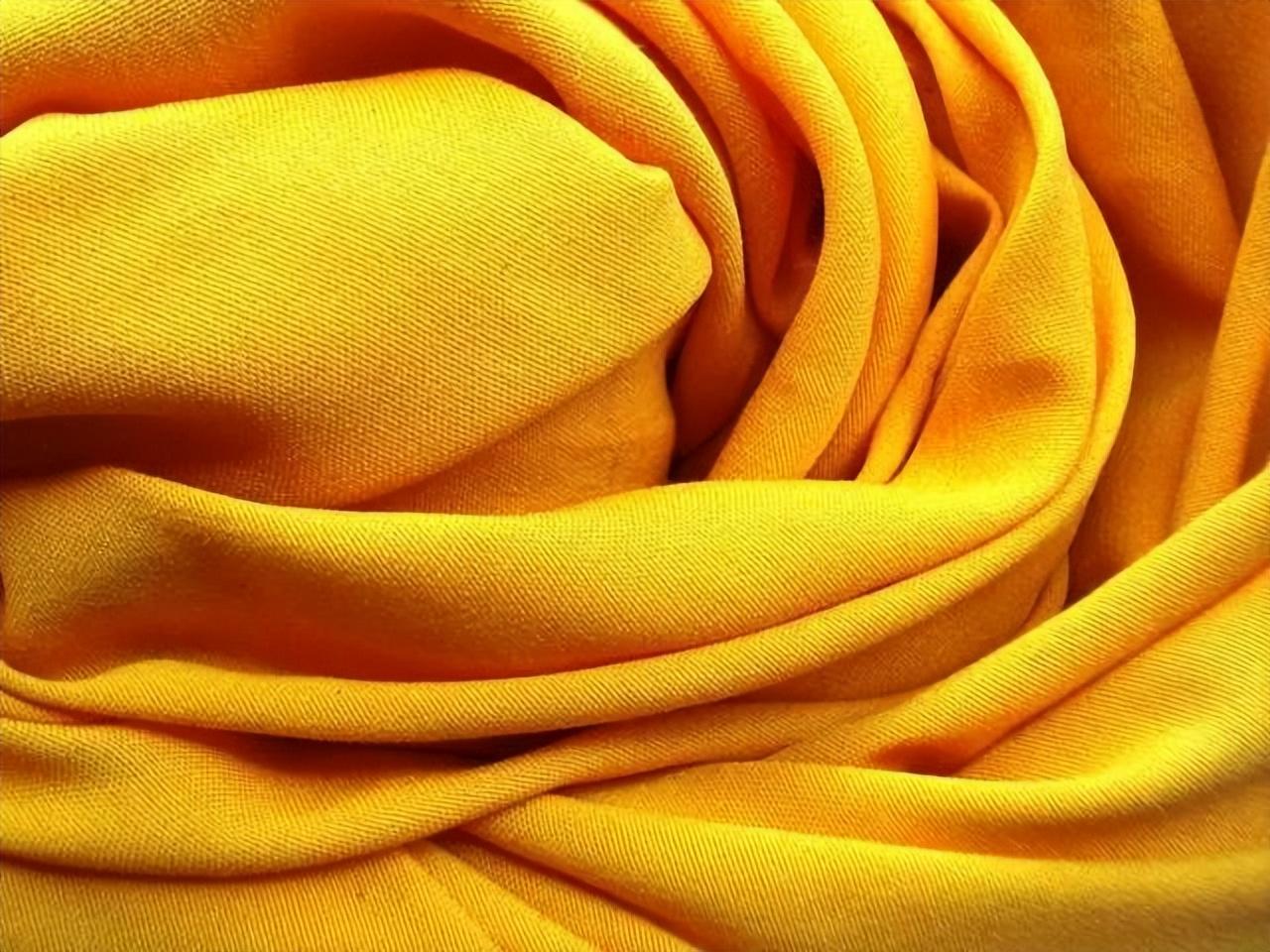Cotton? Washed cotton? They are both cotton, but the fabrics are different! Are you like the editor, you can’t tell the difference between brushed and brushed fabrics when they fade or fade?
Sanded & brushed fabrics
Sanding is actually just a process in the textile industry. It means using a machine to rub on a flat cloth surface to make a layer of short fluff appear on the cloth surface. This machine is called grinding. Hair machine.
What we usually call “sanding” in the four-piece sanding set refers to the unique way of using cotton fabrics. It is processed and produced, and then the surface layer has a short velvety feel, which is soft, comfortable, plump and easier to care for. Sanded wool is thicker and more close-fitting than ordinary cotton materials, making it a good choice for winter bedding.
Reactive printing & pigment printing
Reactive printing uses reactive dyes to penetrate into the fabric to form a print. Reactive printed fabrics have bright colors, good color fastness, soft hand feel, and can be washed frequently without fading.
Pigment printing uses paint to cover the fabric to form a print. Paint cannot bond with fabric fibers. The process is simple and the cost is low. However, the formaldehyde content is higher than the activity, and the printed area is sticky, making it uncomfortable to touch the skin.
How to distinguish? You can compare the hardness difference between the printed and unprinted parts of the same piece of fabric. The pigment-printed area feels slightly harder and perhaps thicker than the unprinted area; there is no obvious difference in hardness between the printed and unprinted areas of reactive printing.
Combed & pure cotton
Combed cotton itself is a type of cotton. “Combing” here refers to using a combing machine to remove shorter fibers from cotton fibers and leave longer and neat fibers. . Although combed cotton and pure cotton are somewhat similar in appearance, they have certain differences.
The biggest difference between the two is the “combing” process, which makes combed cotton more breathable and resistant to shrinkage. It is better than pure cotton in terms of durability, durability, comfort and color, and combed cotton is more expensive. However, the hygroscopicity of combed cotton is much worse than that of pure cotton. It can be identified by “watching” and “touching”.
Now in the market, many manufacturers will use fine imitation cotton to pass off as pure cotton and combed cotton, passing it off as good quality. Therefore, everyone must be optimistic about the manufacturer and implementation standards when purchasing.

Fading & Fading
The color fading is caused by the dye not being removed during the printing and dyeing process. Strictly speaking, as long as it is a pure cotton product, there is no color that will not fade, so those who answer you “won’t fade” need to be more careful. Most of them are chemical fiber products. An important indicator of the severity of fading is color fastness. Color fastness refers to the resistance of a textile color to various effects during processing and use.
The following is an important point. After the color fades, the original bright and eye-catching patterns of many products become dark and dull. , or even no color, this is a problem of fading. Although the bedding made of good home textile fabrics will have a slight floating color when it is washed for the first time, it will not affect its own smoothness and brightness. After many times of washing and use, the color will still be as bright as before. It’s really good bedding.
Sheep & Cashmere
Many consumers think that lambswool is cashmere, but it is not.
Sheep’s wool itself is not a standardized term, it is a commonly used name by merchants. Usually, lamb’s wool is classified as wool, but it is not. Belongs to cashmere products. Specifically speaking, lambswool is a layer of down on lambs. Its preciousness is far less than that of cashmere, but it is also a natural thermal insulation item.
Why do some merchants explain that cashmere is “imitation cashmere products”? Because the term lamb’s wool is not standardized and has no accurate definition, it does not rule out that some manufacturers use various technologies to chemically synthesize it and give it the name “lamb’s wool”. The “lamb’s wool” created in this way is a chemical fiber product. . However, whether natural or artificial, lambswool is not cashmere.
Washed cotton & pure cotton
Washed cotton is made of cotton cloth. After special treatment, the surface tone and luster of the fabric are softer, the hand feel is softer, and the slight wrinkles reflect the feeling of old materials. , with the characteristics of non-deformation and non-fading, the advantage of no ironing, but the sweat absorption is average. A good washed cotton cloth also has a uniform layer of plush on the surface. Washed cotton can be roughly divided into two categories, one is natural cotton, and the other is made of polyester as the main material.
Pure cotton fabric is made of cotton as raw material. Pure cotton is made of warp and weft yarns that are intertwined vertically and horizontally through various looms. Made of cotton, which is different from washed cotton. Because pure cotton has more cotton fibers inside, the fabric has very good hygroscopicity and heat retention. Moreover, pure cotton has good heat resistance, and the pure natural cotton fiber makes the product more green and environmentally friendly, so the fabric is very healthy.






